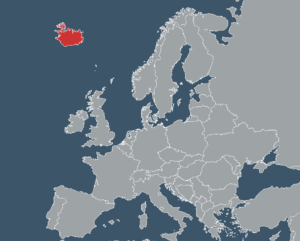A language with a literary history going back to the 12th century, Icelandic opens up both the world of the Old Norse as well as one of Europe’s most unique countries. A very conservative language, Icelandic preserves many grammatical features of the older Germanic languages. It also maintains two unique letters : þ and ð.
For a language of its size, Icelandic has many resources available and a large amount of content to enjoy.
Language Facts:
Family: Germanic
Status: Official in Iceland
- Nouns have four different cases , and three genders ( masculine, feminine , and neuter).
- A feature different than related languages, like German, the definite article is added as a suffix to the noun, and must agree based on gender, case , and number.
- Adjectives change based off if the described now is definite or indefinite.
- Verbs are heavily conjugated based on person, number, tense, aspect, and mood.

Learn Icelandic:
Books:
The Little Book of Icelandic : not so much language learning material, but a great read to appreciate the elements that makes Icelandic unique .
Colloquial Icelandic : A large book with many natural dialogues and useful vocabulary to learn Icelandic.
Youtube:
Ívar Gunnarsson – Icelandic language vlog
This Youtube playlist collects many different Icelandic videos from around the site. Has hours of vocabulary content, albeit without examples and context.
Podcasts:
Courses:
Icelandic Media :
Solstafir
Sigur Ros